Characteristics and applications of warehouse fabric structures
Warehouse fabric structures are innovative and versatile solutions for a variety of storage and operational needs. These structures utilize advanced fabric materials and lightweight frames, providing an efficient alternative to traditional steel or concrete warehouses. With their ability to be erected quickly and customized to suit specific requirements, fabric structures are increasingly popular across various industries.
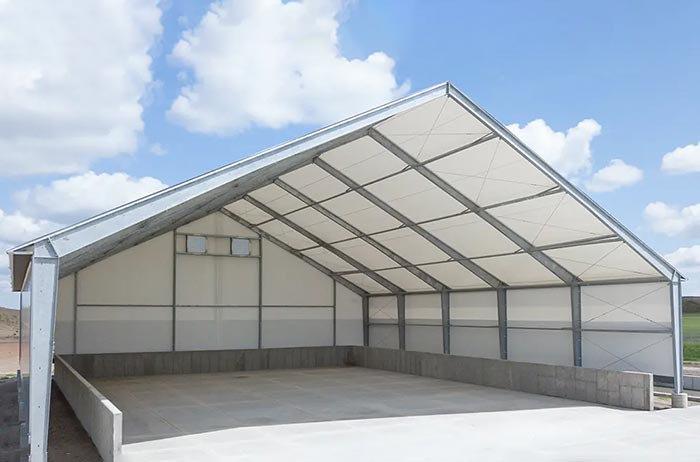
Key Features of Warehouse Fabric Structures
- Lightweight and Portable: The lightweight nature of fabric structures makes them easy to transport and install, allowing for rapid deployment in different locations.
- Cost-Effective: Fabric warehouses generally have lower construction and maintenance costs compared to traditional buildings. This makes them an attractive option for businesses looking to optimize their budgets.
- Customization: These structures can be designed in various sizes, shapes, and configurations to meet specific storage requirements. Customization options include insulation, ventilation, and door types.
- Durability: High-quality fabrics are resistant to UV rays, moisture, and extreme weather conditions, ensuring longevity and minimal maintenance.
- Energy Efficiency: Many fabric structures incorporate energy-efficient designs, including natural lighting features such as translucent panels, reducing the need for artificial lighting.
- Flexible Space Utilization: Fabric warehouses can be easily expanded or modified as business needs change, providing flexible solutions for growing operations.
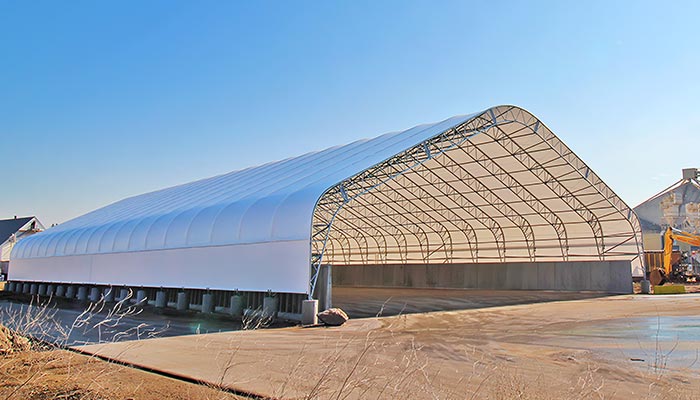
Benefits of Warehouse Fabric Structures
- Quick Installation: The assembly of fabric structures is typically faster than traditional buildings, reducing downtime and allowing for quicker occupancy.
- Versatile Applications: These structures are suitable for various uses, including storage, manufacturing, distribution, and recreational facilities.
- Reduced Environmental Impact: Fabric buildings often have a smaller carbon footprint due to their efficient use of materials and energy. Additionally, many fabric materials are recyclable.
- Enhanced Indoor Environment: The use of fabric can create a comfortable indoor environment with good ventilation and natural light, which can improve working conditions.
- Weather Resistance: These structures are designed to withstand harsh weather conditions, including high winds and heavy snowfall, making them reliable year-round.
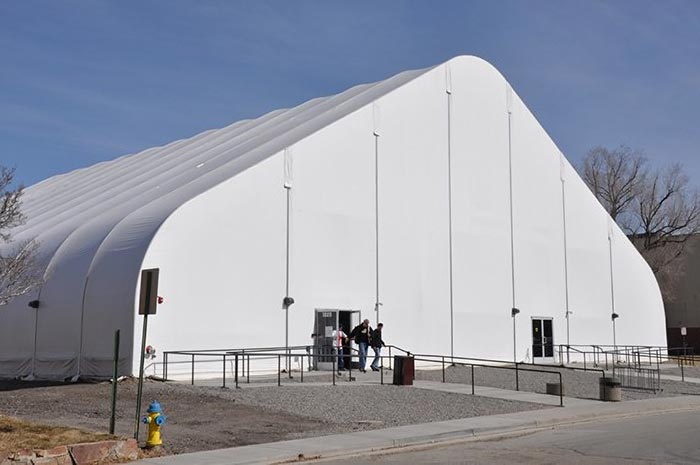
Applications of Warehouse Fabric Structures
- Industrial Storage: Ideal for storing equipment, raw materials, and finished goods, especially in industries such as manufacturing and logistics.
- Agricultural Use: Used for grain storage, equipment shelters, and livestock facilities, fabric structures provide a cost-effective solution for farmers.
- Event Spaces: Fabric warehouses can be transformed into event venues for trade shows, exhibitions, and community gatherings.
- Recreational Facilities: These structures are suitable for sports complexes, indoor arenas, and community centers, offering large open spaces for various activities.
- Emergency Shelters: In disaster-prone areas, fabric structures can serve as temporary shelters for relief efforts or as storage facilities for supplies.
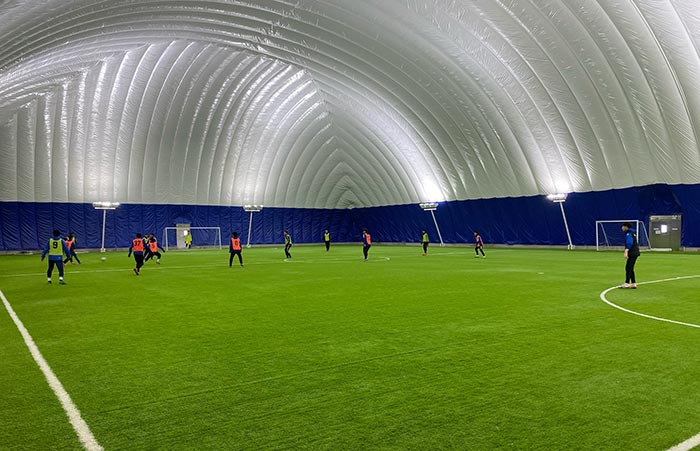
Considerations When Choosing Warehouse Fabric Structures
- Site Conditions: Assess the site for factors such as soil type, drainage, and accessibility, which can impact the installation and longevity of the structure.
- Regulatory Compliance: Check local building codes and regulations to ensure that the fabric structure meets safety and zoning requirements.
- Design Requirements: Consider the specific needs of your operation, including size, layout, insulation, and environmental controls.
- Budget: Evaluate the total cost of ownership, including installation, maintenance, and energy efficiency, to determine the best financial option.
- Manufacturer Reputation: Choose a reputable manufacturer with experience in fabric structures to ensure quality and reliability.
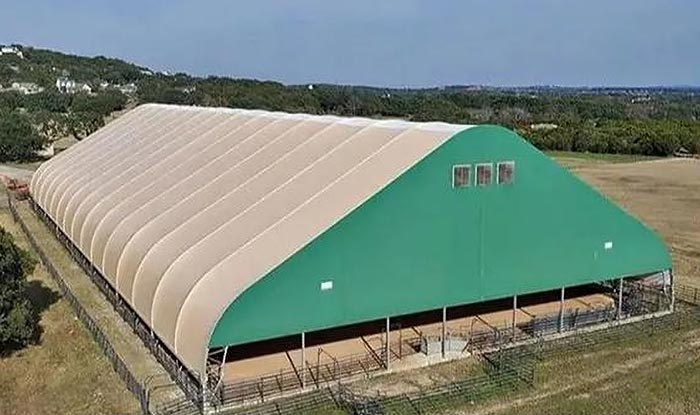
Conclusion
Warehouse fabric structures offer a flexible, cost-effective, and efficient solution for various storage and operational needs. Their versatility, quick installation, and durability make them an attractive choice for industries ranging from agriculture to logistics. As businesses continue to seek innovative ways to optimize their operations, fabric structures will play an increasingly important role in meeting these demands. By carefully considering the features and benefits, companies can make informed decisions that enhance their storage capabilities and overall efficiency.